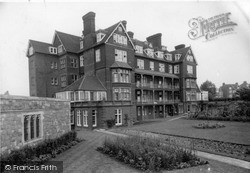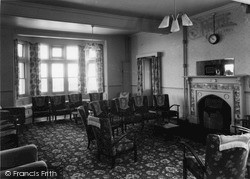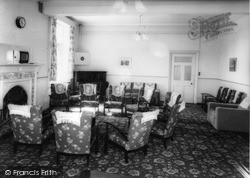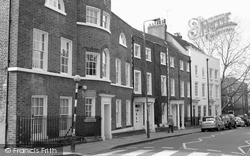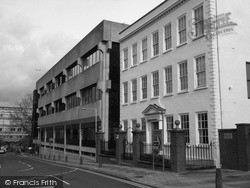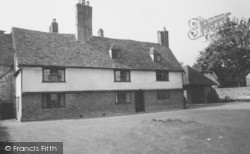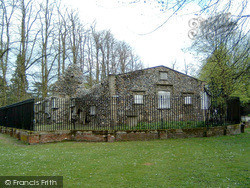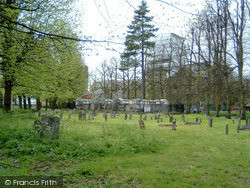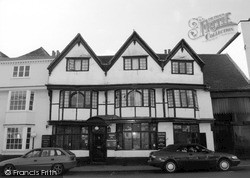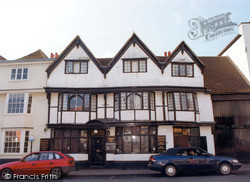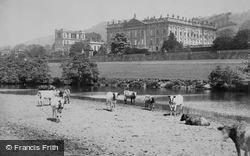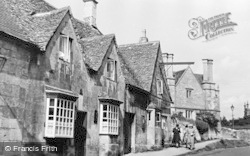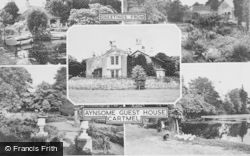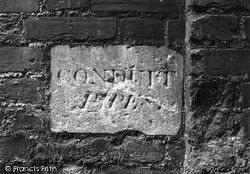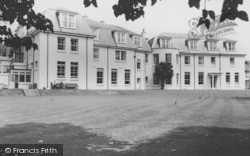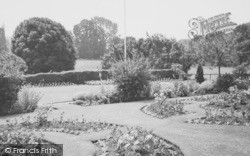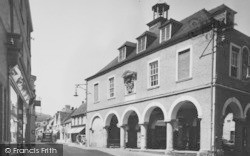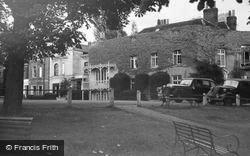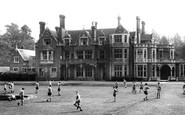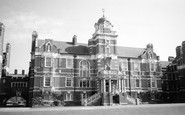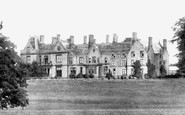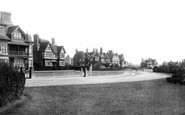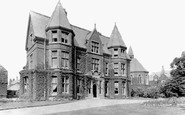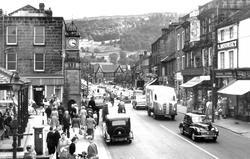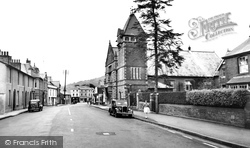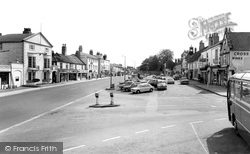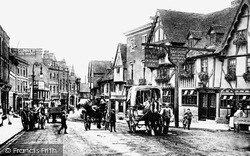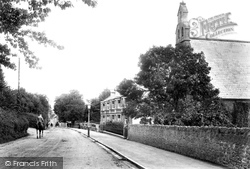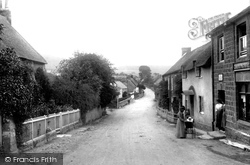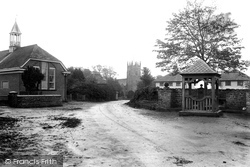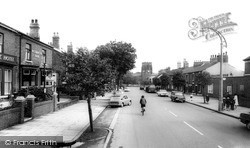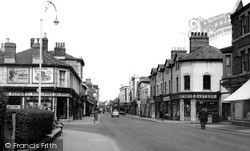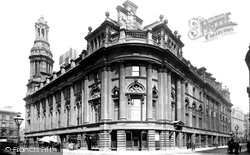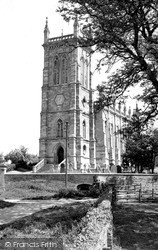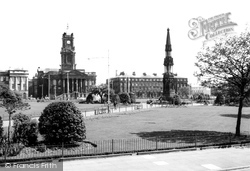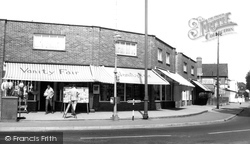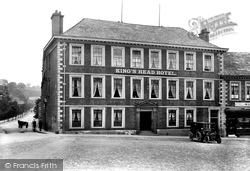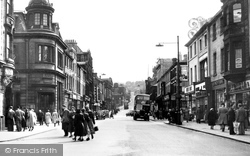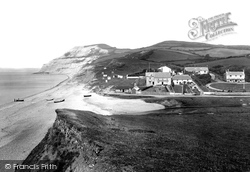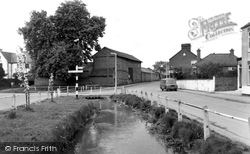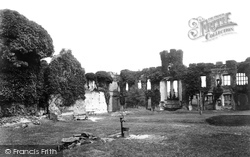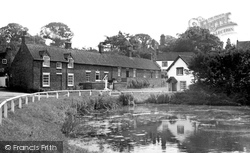Places
36 places found.
Those places high-lighted have photos. All locations may have maps, books and memories.
- Chatsworth House, Derbyshire
- Osborne House, Isle of Wight
- Brambletye House, Sussex
- Ickworth House, Suffolk
- Kingston Lacy House, Dorset
- Boscobel House, Shropshire
- Preshute House, Wiltshire
- Bolton Houses, Lancashire
- Brick Houses, Yorkshire
- Quaking Houses, Durham
- Water Houses, Yorkshire
- Bottom House, Staffordshire
- New House, Kent
- Mite Houses, Cumbria
- Lyneham House, Devon
- Church Houses, Yorkshire
- Dye House, Northumberland
- Spittal Houses, Yorkshire
- Street Houses, Yorkshire
- Tow House, Northumberland
- Halfway House, Shropshire
- Halfway Houses, Kent
- High Houses, Essex
- Flush House, Yorkshire
- White House, Suffolk
- Wood House, Lancashire
- Bank Houses, Lancashire
- Lower House, Cheshire
- Marsh Houses, Lancashire
- Chapel House, Lancashire
- Close House, Durham
- Guard House, Yorkshire
- Hundle Houses, Lincolnshire
- Hundred House, Powys
- Thorley Houses, Hertfordshire
- School House, Dorset
Photos
6,747 photos found. Showing results 5,601 to 5,620.
Maps
370 maps found.
Books
Sorry, no books were found that related to your search.
Memories
10,363 memories found. Showing results 2,801 to 2,810.
Box Hill School
I'm sure my mother has pictures of this place - didn't it used to be called Fredley House? My grandmother worked there in service, probably about 1930-ish. If anyone could shed any light on the subject I would be most grateful.
A memory of Mickleham by
Looking Back On Life
I am trying to find out about number 12 Canterbury Street, Gillingham, Kent. It was at the High Street end - a small alleyway led to a couple of small houses behind the shops. There was a toy shop called Bakers opposite St ...Read more
A memory of Chatham in 1962 by
Evacuees
As a small boy, my father-in-law Derek Munson was evacuated with his siblings to Crawley. They stayed at a farm house (which was later owned by Peter Butterworth - any further info on this would be much appreciated) but used to go to ...Read more
A memory of Crawley in 1940 by
New House
I was born in Fiddington in 1947, in a very old thatch cottage, so I was told. we moved to Northway in 1950 to a new house in Elm Road - number 6. It was a three bed and living room and kitchen, we felt very pleased ...Read more
A memory of Northway in 1950 by
The Nursery
I was born in 4 The Nursery in 1944. My gran Elizabeth Bayles, my mother Emma Bayles. I went to Millbank School at age 4yrs. I can remember my first teacher there Miss Watkins. My Mother worked at Lockeys buses as a bus ...Read more
A memory of West Auckland in 1953 by
Mount Nelson
I'm interested in King Charles Road because my grandparents lived there in a house named 'Mount Nelson' (is it still there I wonder?). My mother was born there in 1904 and then the family moved to a new house( around 1935 I ...Read more
A memory of Surbiton in 1900
Summer Holidays In Westgate On Sea
I wonder if anyone is old enough to remember Westgate on Sea before the war! Our family would go there every year for 2 weeks and stay at a guest house not far from where the railway crosses the road ...Read more
A memory of Westgate on Sea in 1930
Claybury Hospital
I was a paper boy for Mr Watkins, in the High Road, and delivered bundles of newspapers to Claybury Hospital seven days a week. There were so many bundles, I could not ride the trades bike as it was all up hill, even up ...Read more
A memory of Woodford Bridge in 1950 by
Birthplace
I was born in Lound in 1937 and lived there until I was called up for national service December 1957. My grandparents were the last family to farm at East View farm, the farmhouse is now a private house, the land was sold ...Read more
A memory of Lound in 1940 by
My Memories
I first came to stay in the area when I was about 4 yrs old, I was born in 1951. We stayed in a tent on a farm just outside Llanrhaeadr on the Pistyll Falls lane. The farm was owned by a man called John Jones, his wife ...Read more
A memory of Llanrhaeadr-ym-Mochnant in 1955 by
Your search returned a large number of results. Please try to refine your search further.
Captions
6,914 captions found. Showing results 6,721 to 6,744.
The Tudor-style building at the end was constructed in 1940, and above that on the magnificent Chevin is the White House, a former barn, later used as refreshment rooms for the Victorian perambulators.
It has functioned as a concert hall and meeting-house. The near absence of motor cars makes street scenes such as this seem quite alien to us now.
The Old House Hotel, left, later became Baines Private Hotel and Tea-rooms. The Town Hall of 1890 (right) became the Working Men's Club and Institute, and the Angel Inn closed in 1907.
Next door is a fine town house, now a restaurant, but which at the time of this photograph was occupied by a pawnbroker, whose sign of three gold balls can be seen on the upper storey.
Next door is a fine town house, now a restaurant, but which at the time of this photograph was occupied by a pawnbroker, whose sign of three gold balls can be seen on the upper storey.
The access road to the Delapre estate can be seen (left), and Roger's Cottage, beside Long's Lane, is in the distance (left of centre), with houses Nos 76 to 68 being in the near distance (right of centre
Chideock House on the left was, at this time, known as Myrtle Cottage, with a Mrs Bindloss as its inhabitant. Beyond are an obscured Bridge Cottage, By the Stream , and Apple Tree Thatch (centre).
Here we see Cloister House on the left, opposite the old village pump. The parish church of St Mary has been much altered over the years, but its origins lie in the 11th century.
fish and chip shops sited directly opposite the Pied Bull pub needs no further comment, but one has to question the suitability of the branch of a national bank - apparently located in two converted houses
Adjacent to the public house was the range of New Swindon Co-operative Society shops, comprising menswear, footwear, shoe repairs, drapery, confectionery and grocery stores.
To celebrate these two new extensions a full-dress ball was held, and the money raised went to the Baths and Wash-House Fund.
Outside at its east end is Wing's monument to William Fortrey, and close by is the 17th-century Fortrey manor house.
It did have areas of back-to-back houses for the newly-imported workers, but there were never the slums of the older towns and cities. Soon Birkenhead became a town.
To celebrate these two new extensions a full-dress ball was held, and the money raised went to the Baths and Wash-House Fund.
The etching on the windows, 'Magistrates Room' and 'Solicitors Room', reminds us that the Magistrates' Courts were also housed here for many years.
Construction began in 1089 on a site where there had been ecclesiastical houses of one sort or another since 681.
In the 1930s the toll was 8d for a car, quite expensive at a time when a craftsman earned 1s 2d per hour.
Built as a town house for the lead mine-owner Charles Bathurst of Arkengarthdale c1720, its newly-fashionable hand-made bricks, three-storey height and eight bays must then have made it very prominent
On the other side of Bull Street (right of photograph) is the Big Window public house, one of Burnley's best known inns, and in that row were Bulcock's the ironmongers and Bowker's the tobacconist.
Staff lived in the four Guard House Cottages (right of centre). The verandah is on Seatown Villa (right).
The openness of the village centre is striking, with some good later 18th/early 19th-century houses ranging either side of the grass-banked brook, with its modest urban district council railings
This view within the courtyard of the castle shows it after the 1770s stripping out to a hollow shell for the building of Herstmonceux Place, a house designed by Samuel Wyatt.
The arid area of grass and the 1950s housing (both family and sheltered) could, with a lightness of touch, have provided a more special entrance to the village from the north, under the shadow of
The village was built around the Manor House, later surrendered to Henry VIII after the dissolution. It was sold in 1591and later bought by the Liverpool sugar trader, Richard Watt, in 1783.
Places (80)
Photos (6747)
Memories (10363)
Books (0)
Maps (370)


